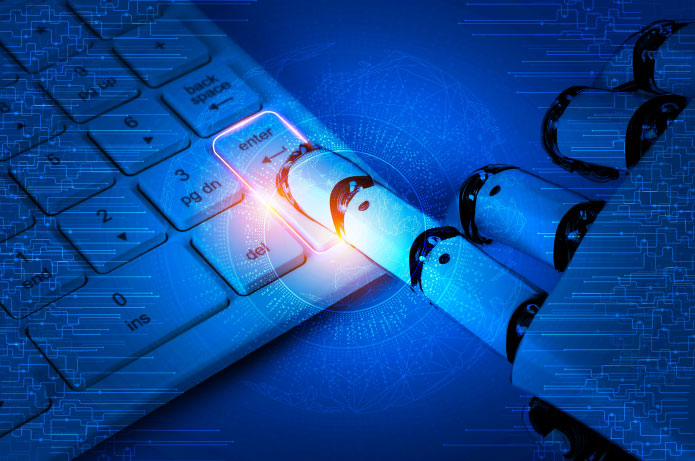In recent years, artificial intelligence has become one of the greatest technological advancements ever created, even reaching the world of communication and marketing. Tools like ChatGPT and DALL·E have revolutionized content production, enabling the generation of texts, images, and even videos quickly and affordably. Proof of this is that a survey conducted by IAB Brasil and Nielsen revealed that 80% of marketing professionals in the country already use AI tools in their activities. The main benefits identified include increased efficiency (80%), faster task execution (68%), and decision-making support (49%).
But a dilemma so easily arises: to what extent does AI complement or replace the work of those who make their living from creativity in content production?
The answer, it seems, is that AI is a powerful ally, but not a substitute. Copywriting automation, audience segmentation, and sentiment analysis are just some of the already established applications. However, the human ability to tell stories, interpret subjectivities, and apply strategic thinking remains irreplaceable.
Artificial intelligence has brought several advantages to the industry, such as optimizing processes and personalizing experiences at scale. AI offers data-driven insights that help brands be more assertive. However, there are also challenges. The risk of generic content, a lack of human sensitivity, and ethical dilemmas regarding authorship and transparency are among the main concerns of professionals in the field.
Therefore, it's crucial that AI be used to support creativity, not as a shortcut to eliminating human talent. Professionals who know how to integrate technology with strategic vision and authenticity tend to stand out in an increasingly competitive market.
The use of AI to create logos, text, and artwork must be guided by transparency. The public has the right to know when a piece was created or enhanced by artificial intelligence. This doesn't mean the creation loses value, but rather that the relationship between brands and consumers becomes more honest and trustworthy.
While AI can automate operational tasks, genuine creativity, critical thinking, and the ability to understand human nuances will continue to be key differentiators. AI can suggest paths, but the final decision still requires a human touch.
The key for communication and design professionals is to master AI as a tool, not a threat. Integrating technology into daily work, without losing the creative essence, is the key.
Testing new tools, exploring intelligent prompts, and monitoring successful use cases are some of the steps to staying current. Companies that balance technology and creativity have achieved positive results and gained greater public acceptance.
In a market where AI is increasingly present, the key is to continue innovating without losing the human touch of communication strategies. After all, technology can create, but it's human creativity that gives campaigns their soul.


